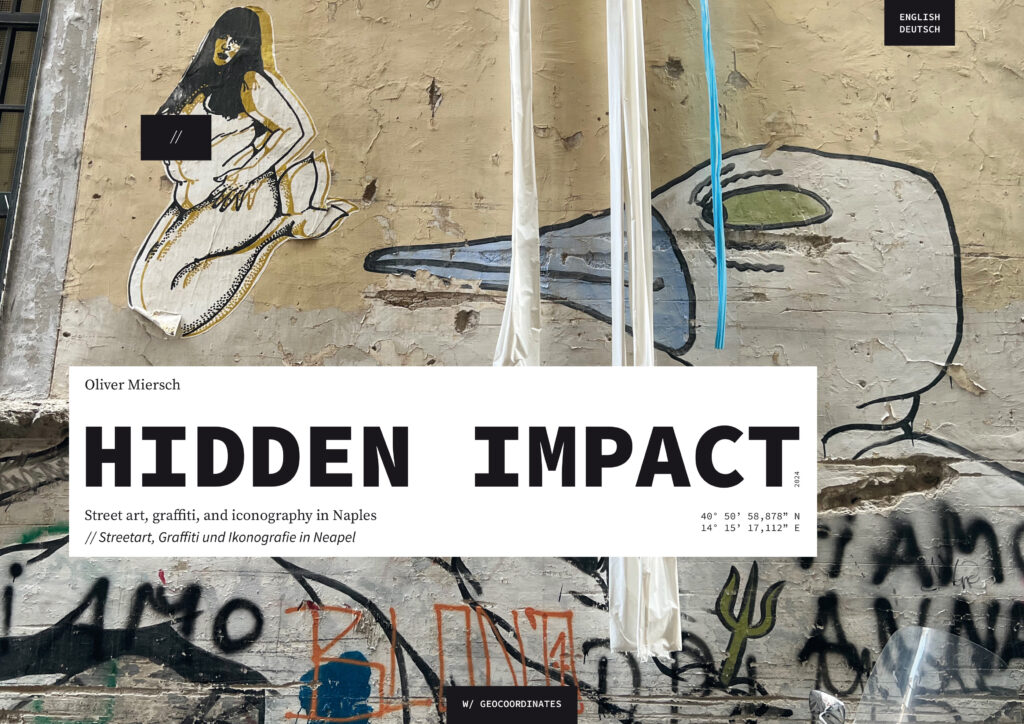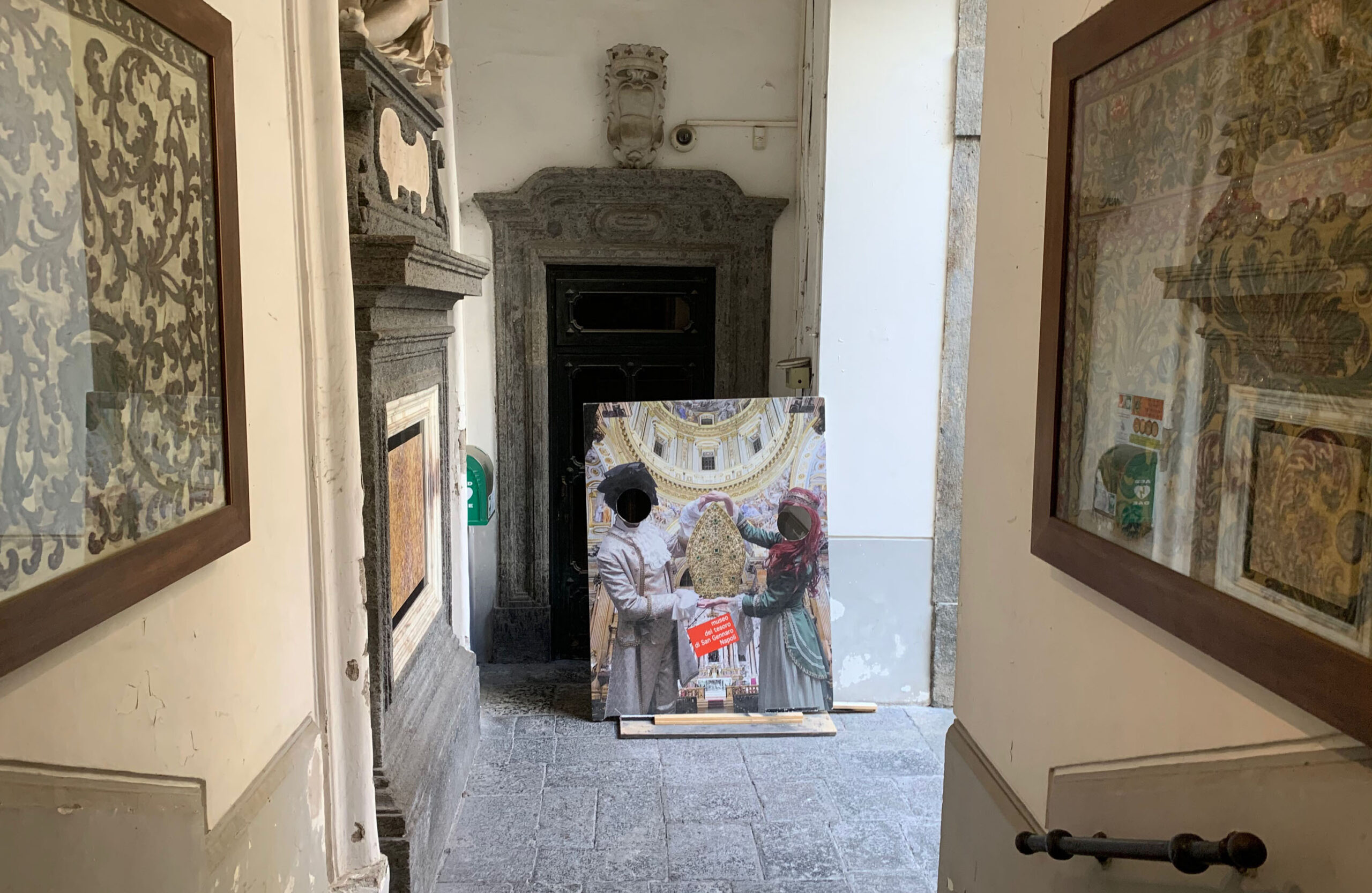Excerpts from “Hidden Impact: Street art, graffiti and iconography in Naples”
Chapter 1
Naples was founded around the 9th century BC by the Greeks and was named “Neapolis,” meaning “new town.” This early Greek colony evolved into a trade hub in the Mediterranean region, with Greek culture profoundly shaping the city.
Over the centuries, Naples was ruled by various powers. After the Greeks came the Romans, who conquered the city in the 4th century BC. Under Roman rule, Naples continued to flourish, becoming an important cultural and economic center. The Romans left numerous structures — aqueducts, baths, temples, and theaters. Much of it lies beneath the city’s houses today.
With the fall of the Roman Empire in the 5th century AD, Naples entered a period of upheaval. The city was successively controlled by the Byzantines, the Lombards, and the Normans. Particularly under Norman rule in the 11th and 12th centuries, Naples experienced a period of prosperity. The Normans promoted trade and built impressive fortresses, such as the Castel dell’Ovo, which remains one of the city’s landmarks today.
In the 13th century, Naples became part of the Kingdom of Sicily and later, in the 15th century, of the Kingdom of Naples. During this time, the city experienced a cultural resurgence. The Renaissance left a lasting impact, with notable artists like Caravaggio working in the city. Naples developed into a center of art and sciences, supported by a series of powerful and art-loving rulers.
In the 18th and 19th centuries, Naples became part of the Spanish and then the French kingdoms. These eras brought also new cultural influences. The Baroque period left magnificent churches and palaces, while the Enlightenment brought new intellectual impulses. In 1860, Naples was finally incorporated into the Kingdom of Italy, marking a time of modernization and industrial growth.
Throughout the various epochs, whether under Byzantine, Norman, or Spanish rule, the Christian Church was not only the spiritual center but also a significant patron of the arts. Religion created myths, symbols, architecture, and artifacts that still define the city today.
The history of the 20th century was marked by great challenges. The city suffered from the destruction of World War II and the social and economic difficulties of the post-war period. However, in the latter half of the 20th century, the city experienced a cultural renaissance, characterized by the rise of Neapolitan music, such as the Canzone Napoletana, Neapolitan literature, and its role as a setting for Italian cinema.
Today, Naples is a city full of contrasts, where old traditions and modern developments coexist. The historic neighborhoods with their narrow streets and churches contrast with modern districts and the bustling port. Culturally, Naples remains a melting pot with its own language, Napulitano, reflecting the influences of many eras.
Naples has a vibrant art scene, which ranges from traditional Neapolitan craftwork to contemporary artists, some of whom are internationally active. In recent years, street art has played a significant role and now shapes the cityscape in several neighborhoods.

The book is mainly in English with German translations for the main text. It is designed with numerous photos and is best read and viewed on Kindl Fire, tablet and PC, but of course also on a smartphone. With geocoordinates.
Now available at Amazon (all stores):
https://www.amazon.com/Hidden-Impact-iconography-Streetart-Ikonografie-ebook/dp/B0DH8PRNVN
New: now also available at Apple Books
Best read and viewed on iPad and Mac, but of course also on iPhone.
